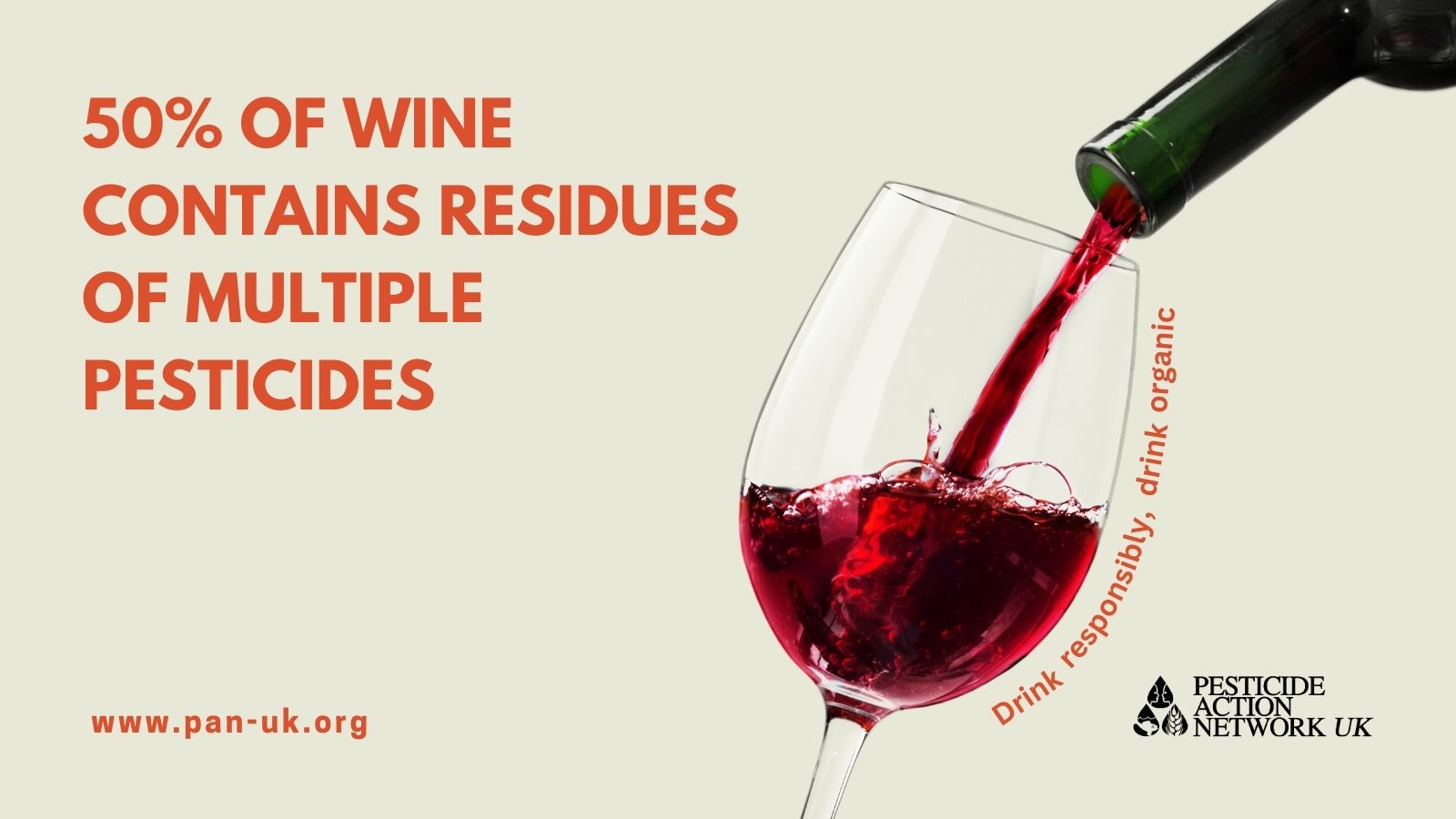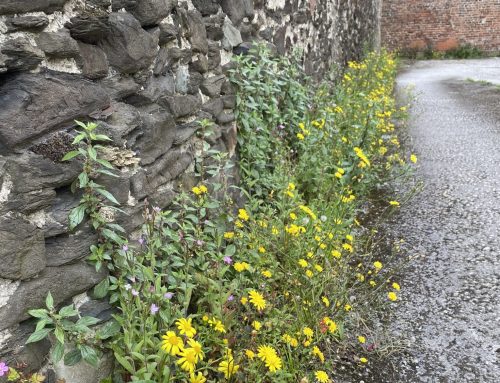Recent results from the UK Government’s testing programme have exposed a dramatic increase in the proportion of wine that contains multiple pesticide residues – from 14% in 2016 (the last time that wine was tested) to 50% in 2022.
The official data – which has been collated and analysed by PAN UK – shows residues of 19 different pesticides (up from 16 in 2016) in the 72 wine samples tested, including nine chemicals with links to cancer. Six different pesticides were found in a single wine sample, calling into question the reliability of the UK’s regulatory system which carries out safety assessments solely for individual chemicals.
Nick Mole from PAN UK said “This massive rise in ‘pesticide cocktails’ should be of grave concern because we know that chemicals can become more harmful when combined, and yet we continue to set safety limits for just one chemical at a time. Wine lovers shouldn’t have to risk exposure to an array of hazardous pesticides when they fancy a tipple. The organic wine sector is flourishing, proving that it is 100% possible to produce wine without relying on toxic chemicals.”
The overuse of pesticides in wine production not only poses a threat to the health of British consumers but also to those living and working in wine-producing areas. Research conducted in France published in October 2023, found that children living close to dense vineyards were subject to an increased risk of contracting leukaemia. Similarly, a 2006 Canadian study found that workers in the wine industry faced a higher risk of developing illnesses caused by exposure to the high levels of pesticides used in vineyards.
Also published today, is PAN UK’s annual ‘Dirty Dozen’ list – the fruit and vegetables most likely to be contaminated with multiple pesticide residues. Sign up to download it here.






